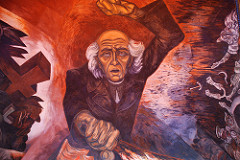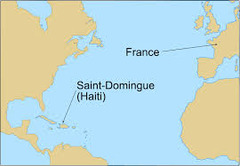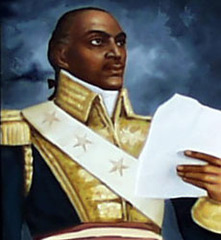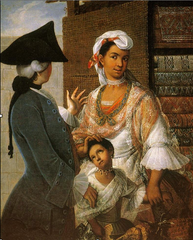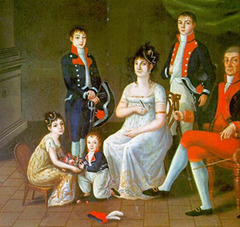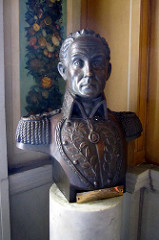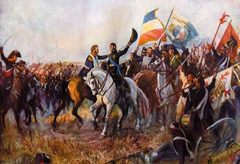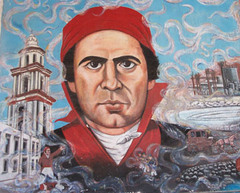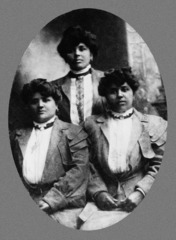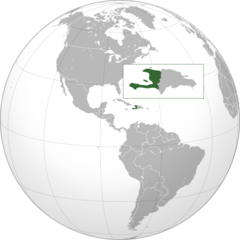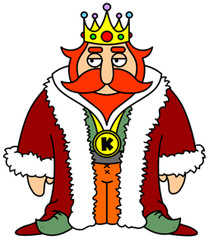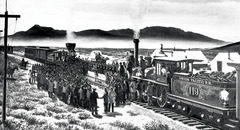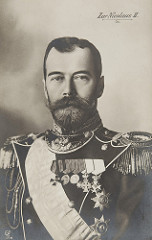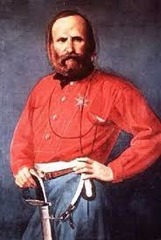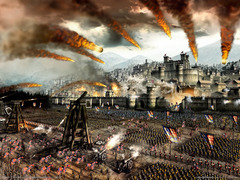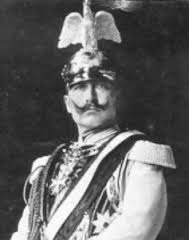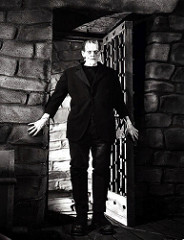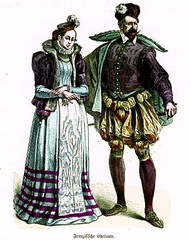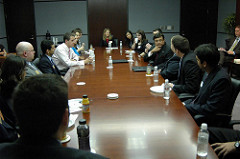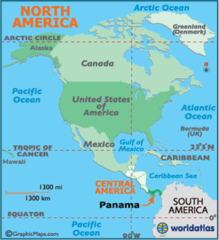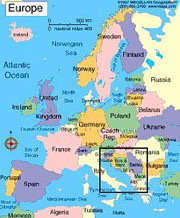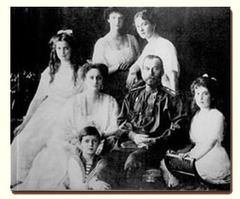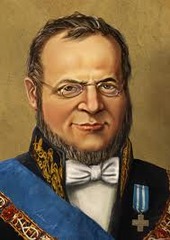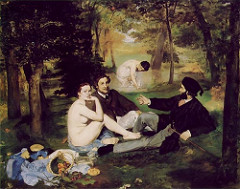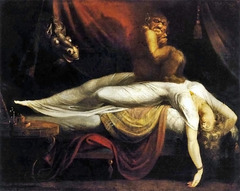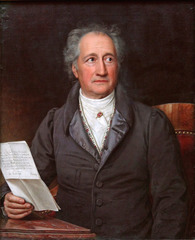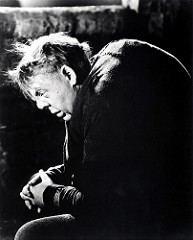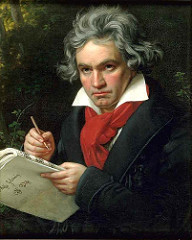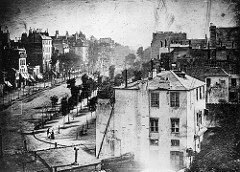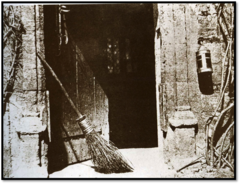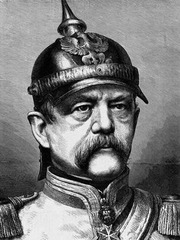Miguel Hidalgo
He was a priest who issued the Grito de Dolores, a call for a peasant rebellion in Mexico against the Spanish.
Saint-Domingue
(1659 - 1809) A French colony on the island of Hispaniola in the Caribbean Sea. The slaves of the island rebelled, threw off French control, and established the independent nation of Haiti (1804).
Toussaint L' Ouverture
He led a slave revolt that ended slavery on the island of Hispaniola.
Mulattos
This term was used in Latin America to describe people of mixed European and African ancestry.
Peninsulares
This term was used in Latin America to describe Latin Americans born in Spain.
Simón Bolivar
Known as the great liberator and great general. George Washington of South America - leader of Latin American Revolution.
Jose de San Martin
Other great liberator in the southern part of Latin America. Led an army against the Spanish on a grueling march from Andes to Chile and freed Chile.
Jose Maria Morelos
Lead the Mexican revolution for 4 years after Hidalgo; was a skillful military leader.
Creoles
Spaniards born in Latin America - below Peninsulares in society.
Peninsulares
Top of Spanish American Society, people born in Spain.
Jean-Jacques Dessalines
Toussaint's lieutenant. Took up the fight for freedom in Haiti.
King John
Portuguese King that let Brazil gain independence in a bloodless revolt.
Louis-Napoleon
The elected ruler of France who declared himself empire. Was nephew of Napoleon he built railroads and encouraged industrialization in France.
Alexander II
Czar Nicholas's son. Decided to move Russia toward modernization and social change. Tried to free the serfs in 1861. Peasants never gained freedom because debt tied them to the land.
Giuseppe Garibaldi
United southern Italy under the idea of nationalism and was known as the leader of the red shirts?
The Fransco-Prussia War
Event that Otto Von Bismark use to gain support form Germans in the south?
Kaiser
Was the title given to the ruler of the new, unified German empire?
The Gothic novel
A largely identified piece of the romanticism movement. focused on fear and violence, ex: Frankenstein.
Conservative
Usually wealthy property owners and nobility, encouraged protecting traditional monarchies of Europe.
Liberal
Mostly middle-class business leaders and merchants. Wants to give more power to elected parliaments.
Radical
Favored drastic change to extend democracy to all people.
Nationalism
Belief that people's greatest loyalty should not be to a king, but to a nation who's culture, customs, language, bonds them.
Nation-state
When a nation has its own independent government. It defends the nation's territory and way of life, represents the nation to the rest of the world.
The Balkans
A region of present-day Greece, Albania, Bulgaria, Romania, Turkey, and the former Yugoslavia, all controlled by the Ottoman Empire- spurred by nationalism they will fight for independence.
Russification
Romanov dynasty forced Russian culture on all ethnic groups (ex: Romanian's, Jews, and Turks) in the empire.
Camillo di Cavour
Prime minister of Sardinia's King, Victor Emmanuel II. Successfully gained control of northern Italy.
Realism
Movement in which art tried to show life as it was, not as it should be.
Impressionism.
Movement that was fascinated by light, impressionist artists used pure, shimmering colors to capture a moment seen at a glance.
Romanticism
Wild emotion and feeling, ex: inner feelings, glorifying heroes. Movement of interest towards both nature and in the thoughts and feelings of the individual.
Johann Wolfgang Von Goethe
(Romanticism Writer)
Published The Sorrows of Young Werther. A story of a sensitive young man whose hopeless love for a virtuous women drives him to suicide.
Victor Hugo
(Romanticism Writer)
Some works are Les Miserables and The Hunchback of Notre Dame.
Mary Shelley
(Romanticism Writer)
Published Frankenstein. One of the most successful Gothic horror novels. A story about a monster created from the body parts of dead human beings.
Ludwig mean Beethoven
(Romanticism Musician)
Work involved classical music of the enlightenment into romantic compositions.
Daguerreotypes
(Louis Daguerre.)
The first practical photographs.
William Talbot
Invented a light-sensitive paper that is used to produce photographic negatives.
Charles Dickens
(Realism writer)
Created unforgettable characters and scenes of London's working poor. Wrote - A Christmas Carol and Oliver Twist
Bismark
United Germany under national unity. Was an expert in manufacturing "incidents" to accomplish nationalism. ex: picked a war with France to gain support from southern Prussia.
